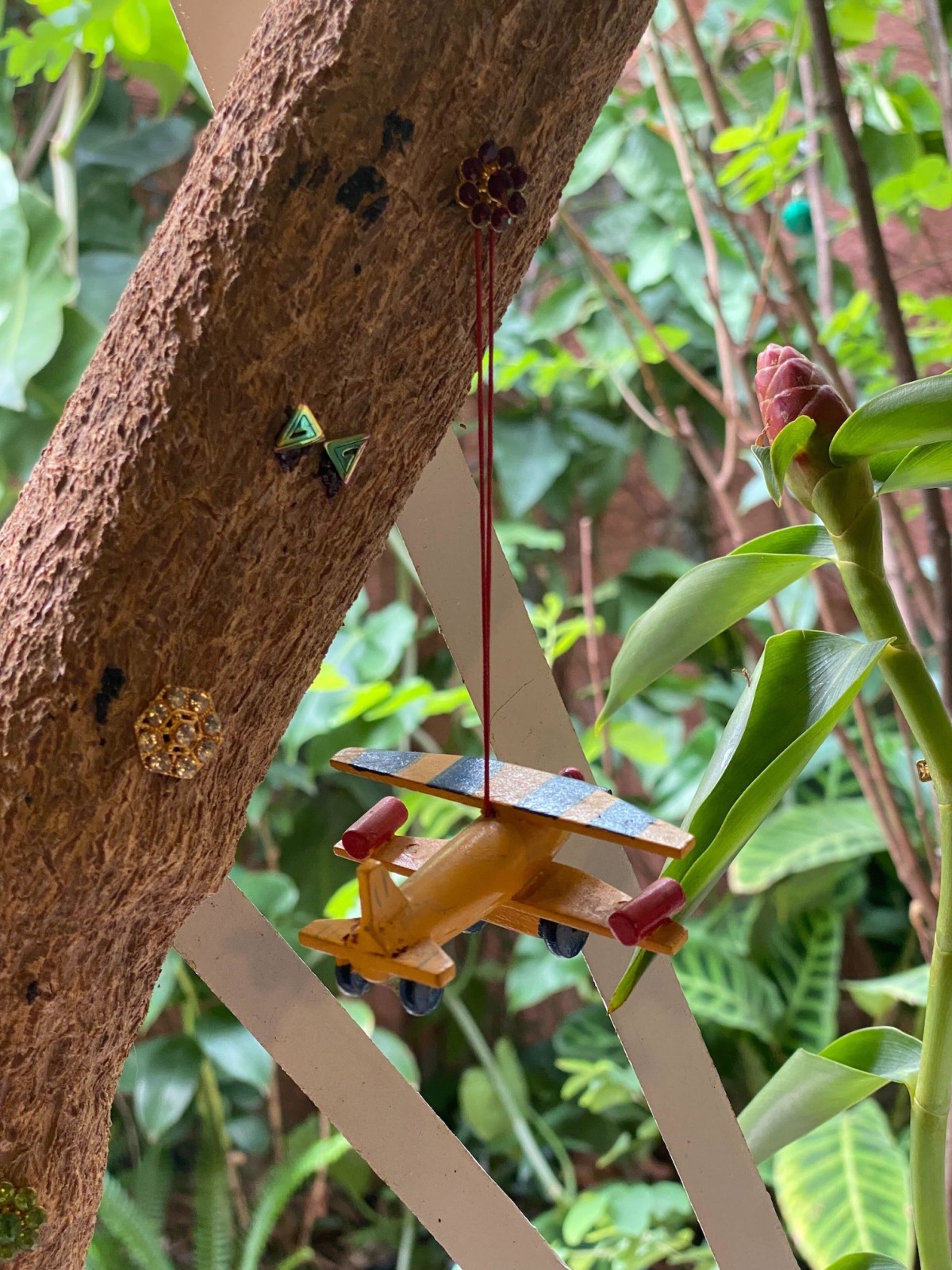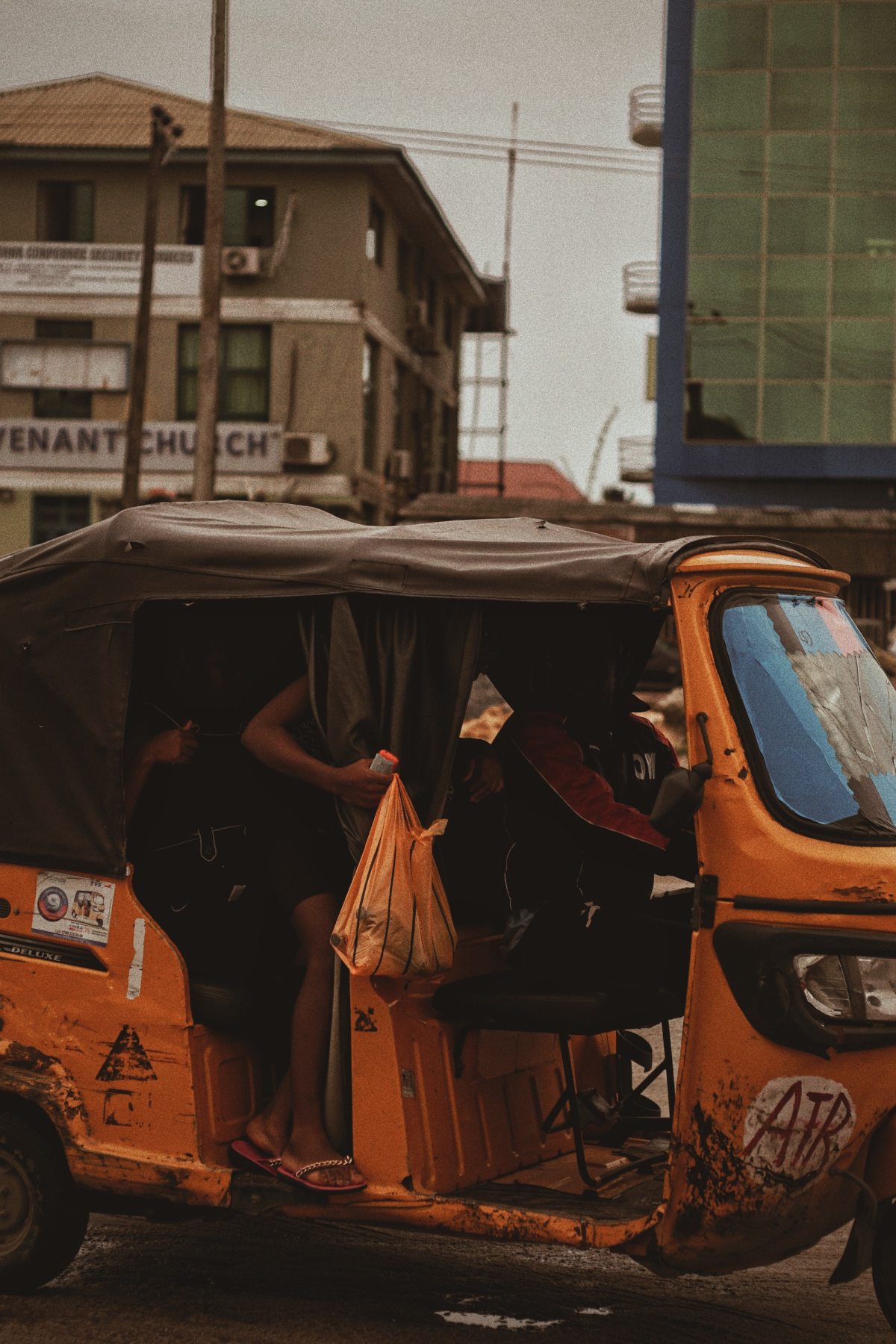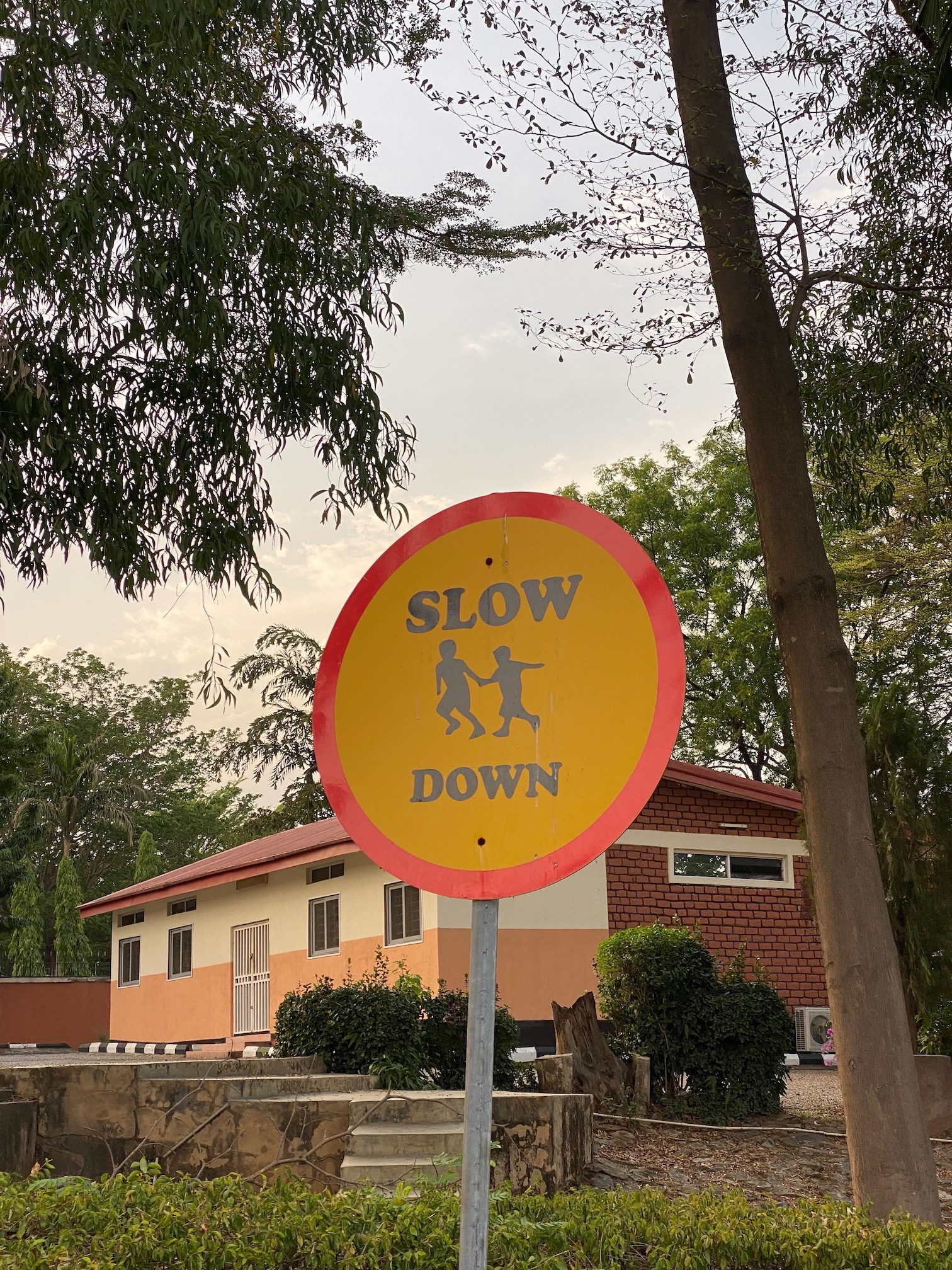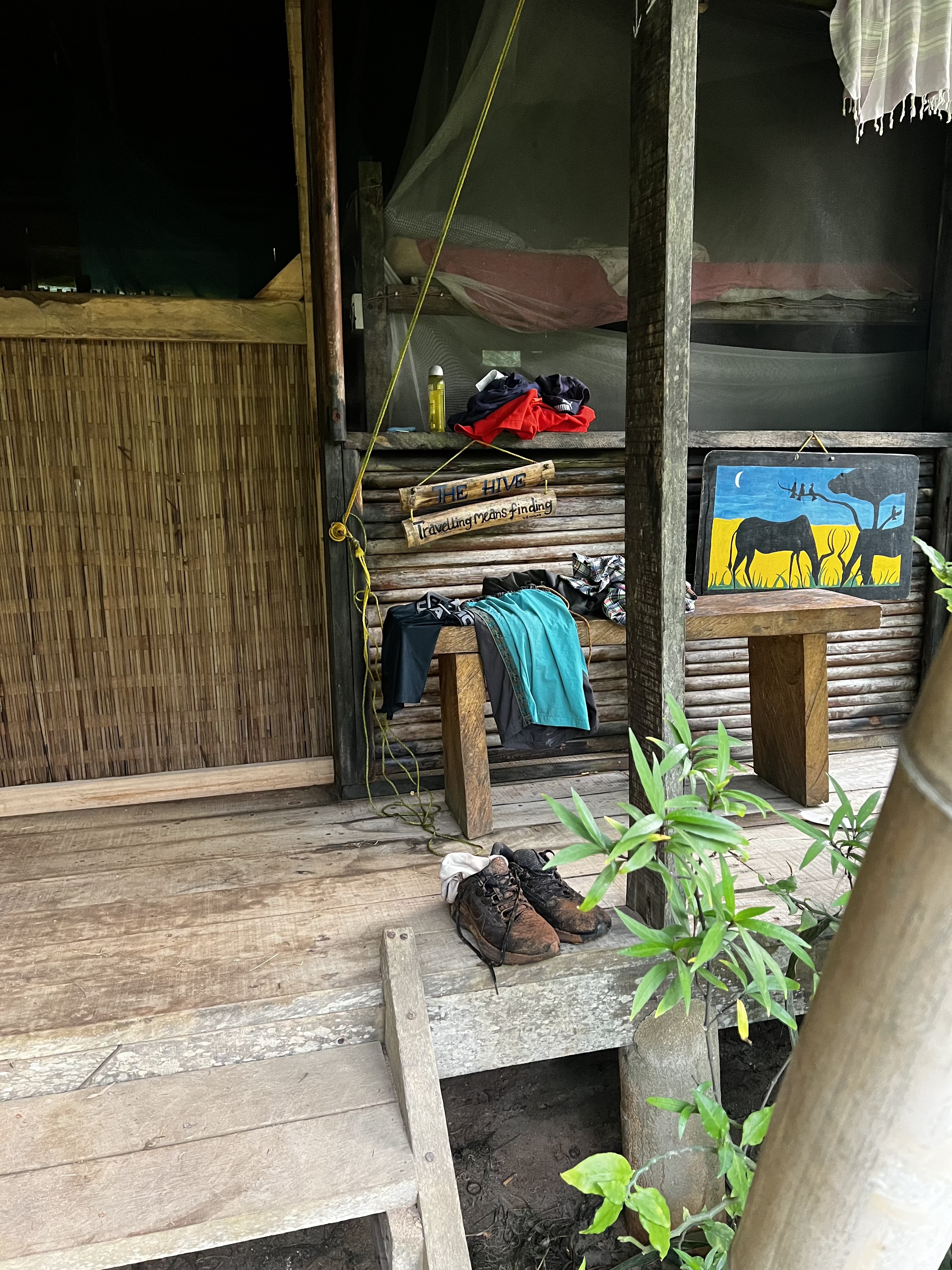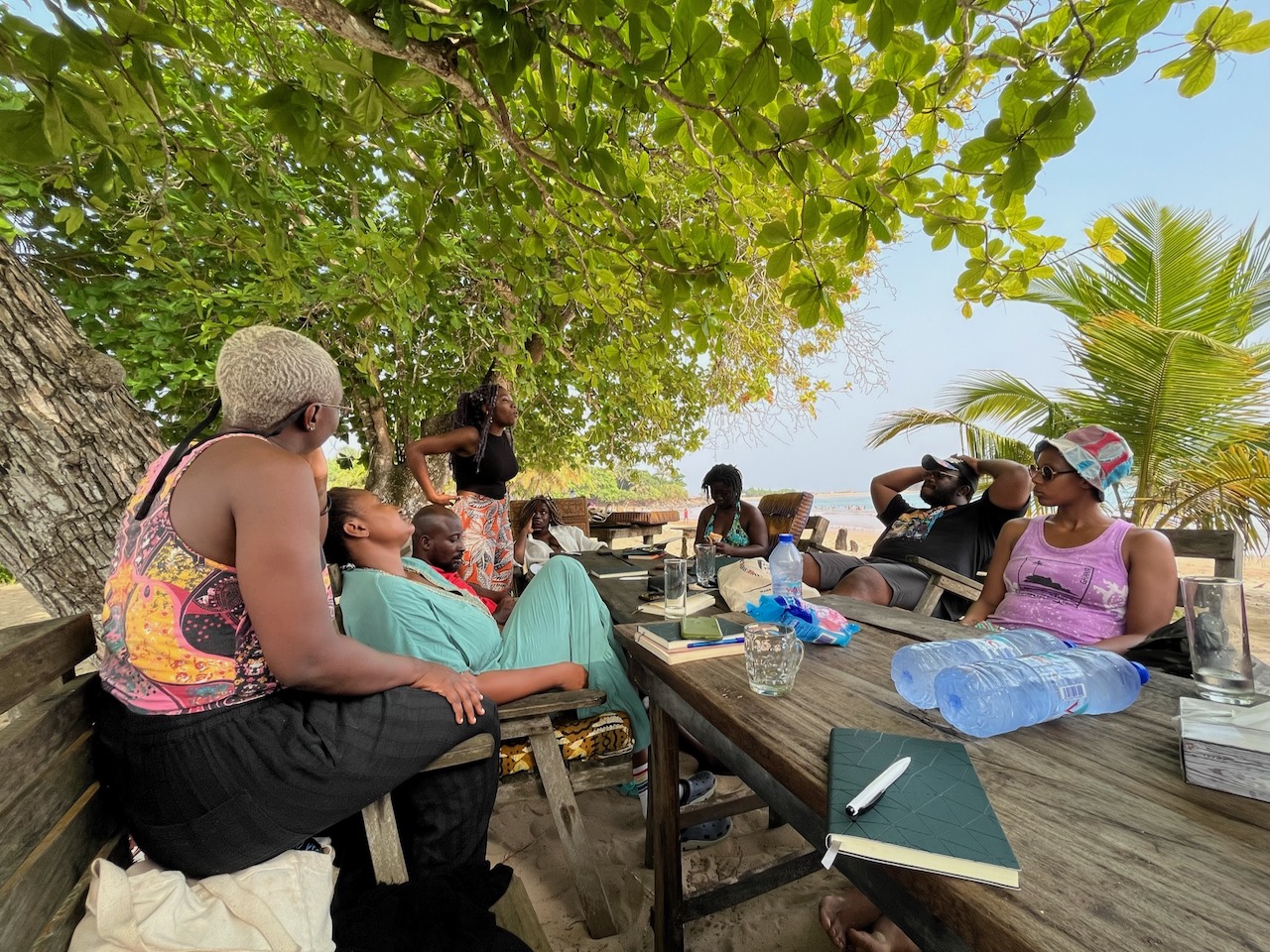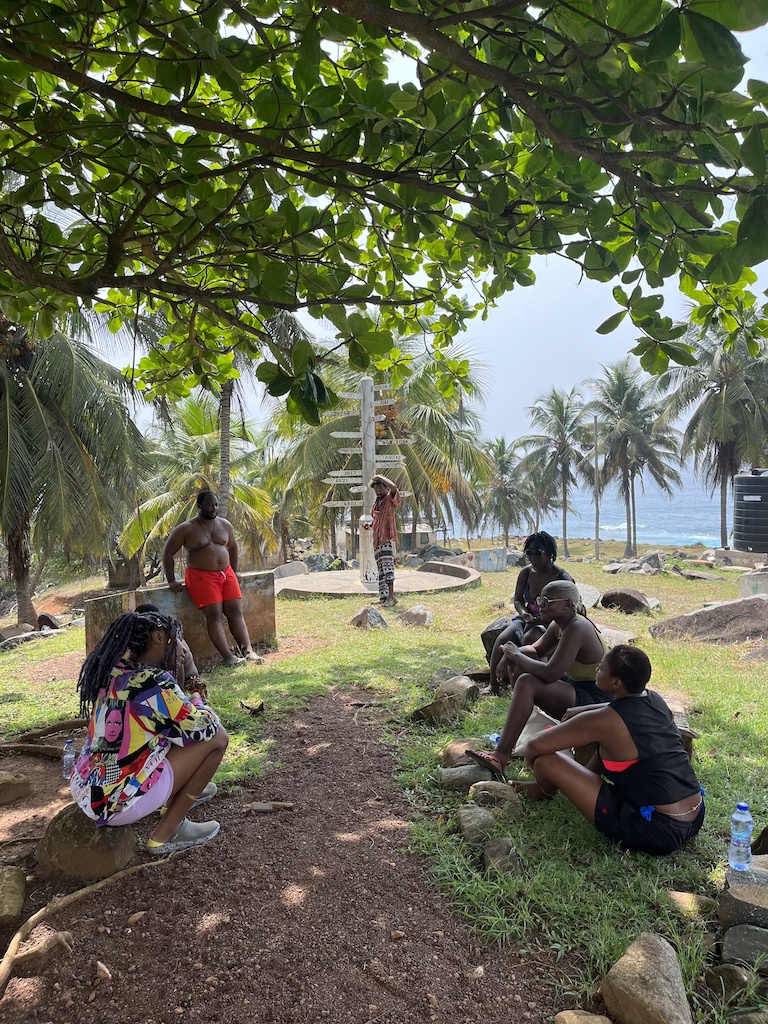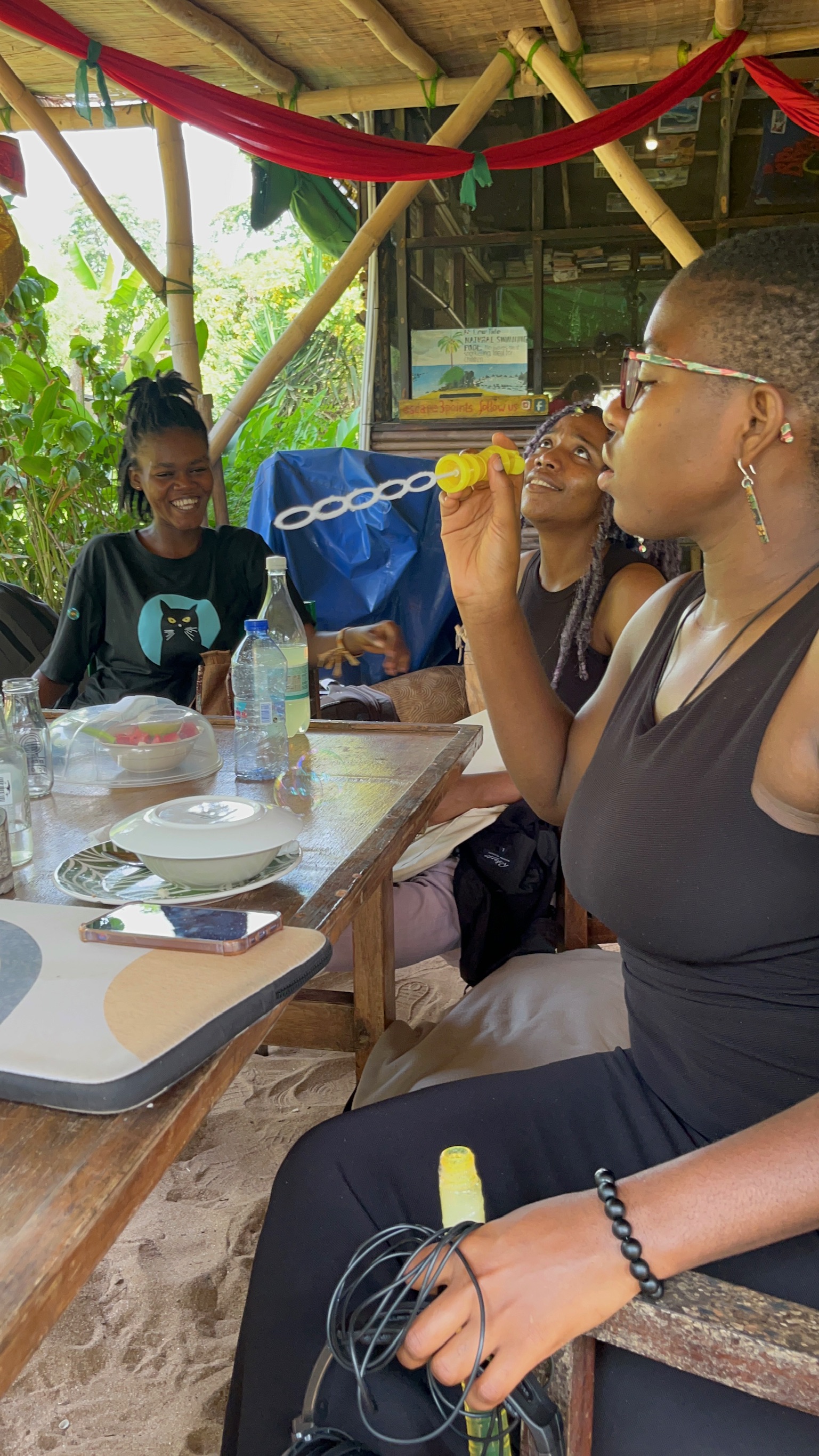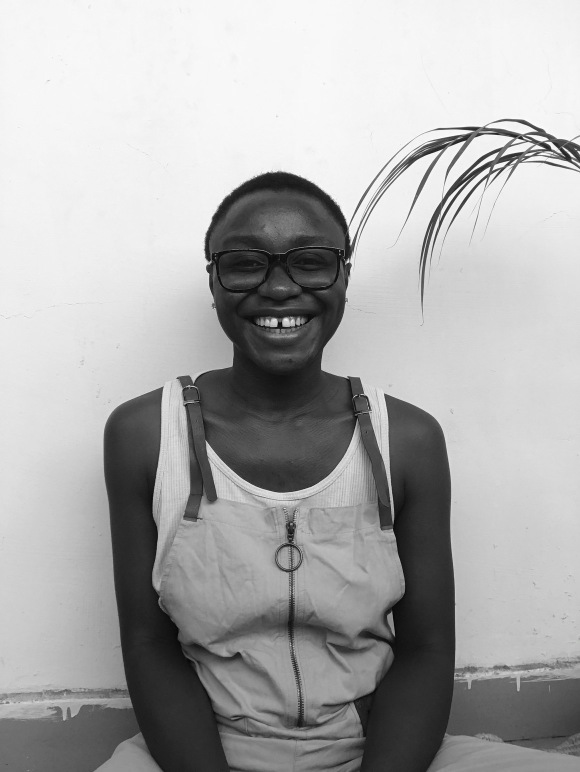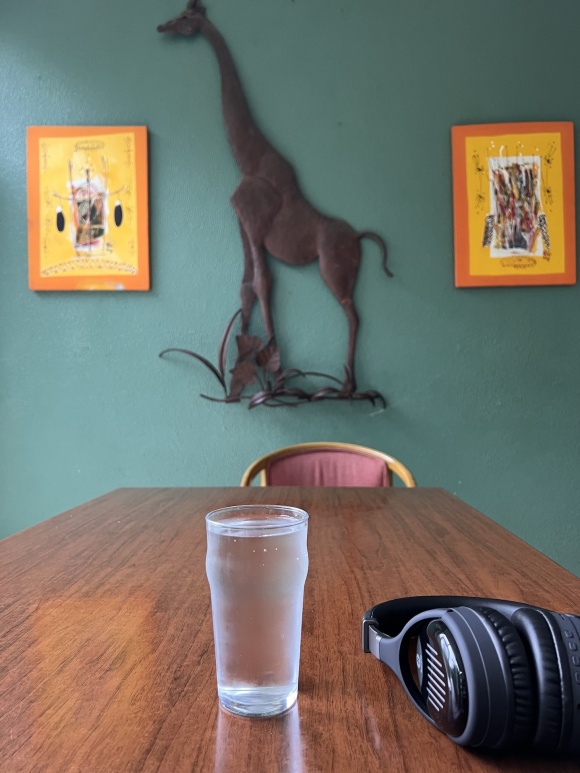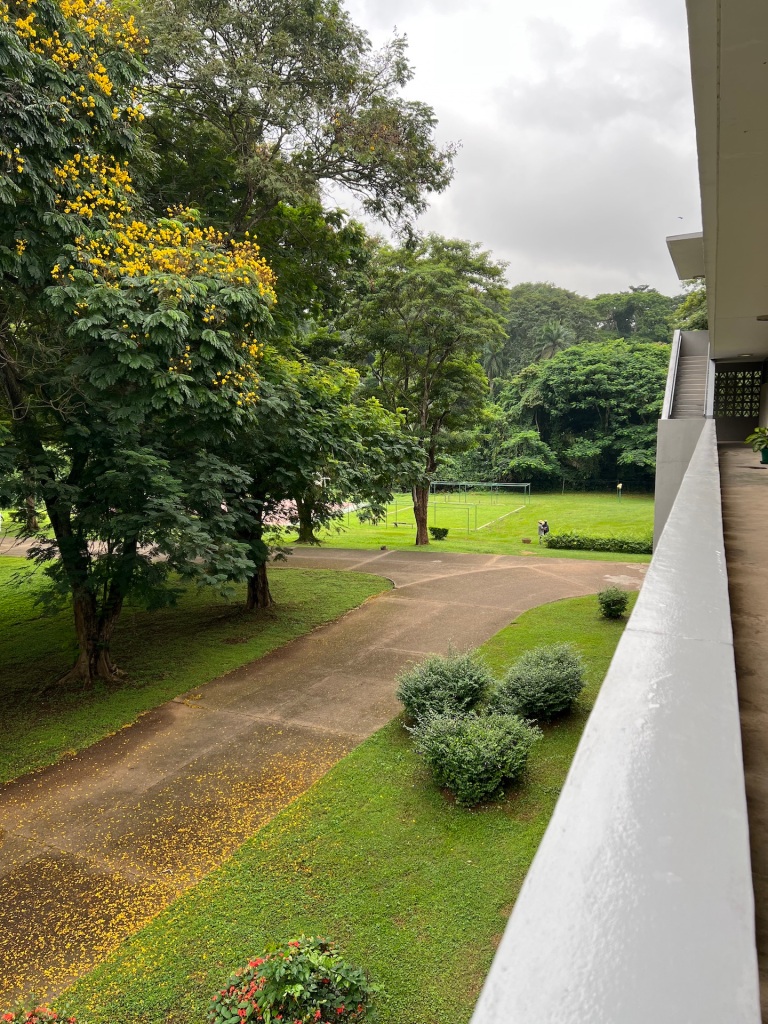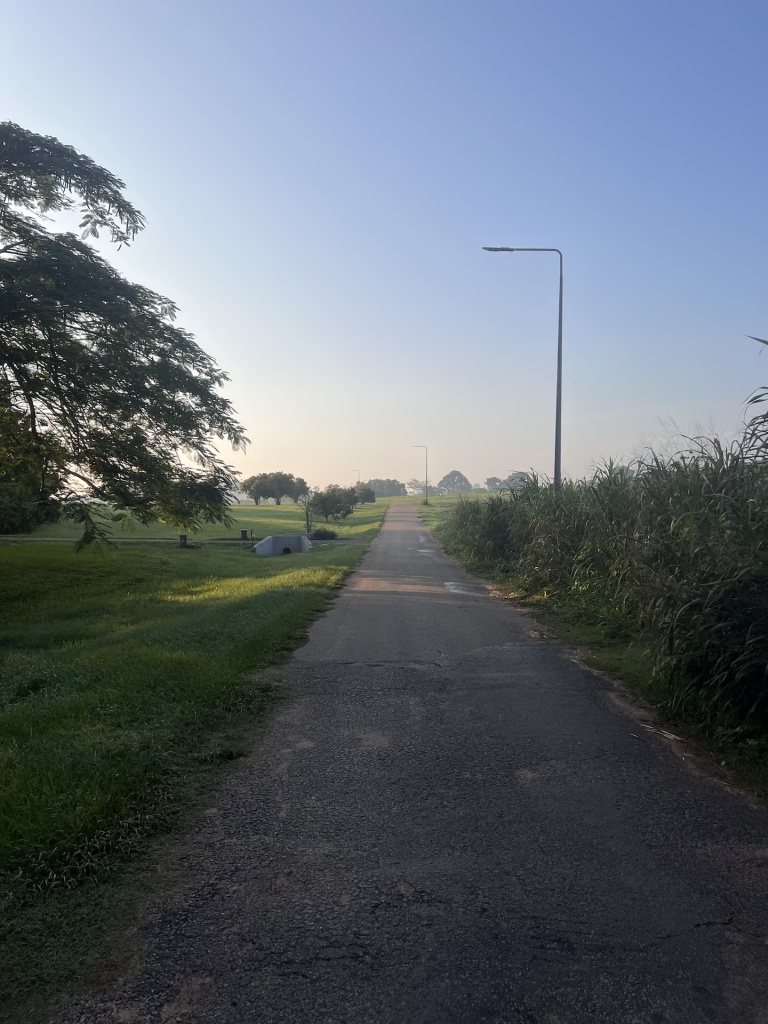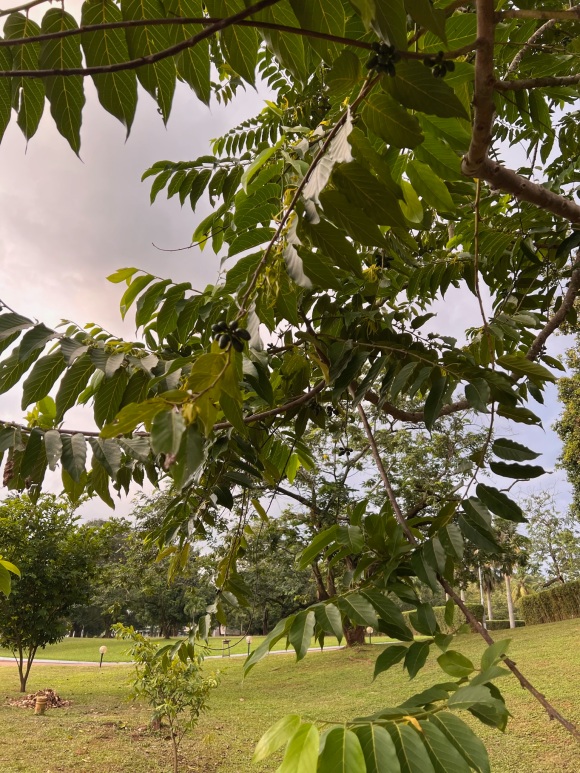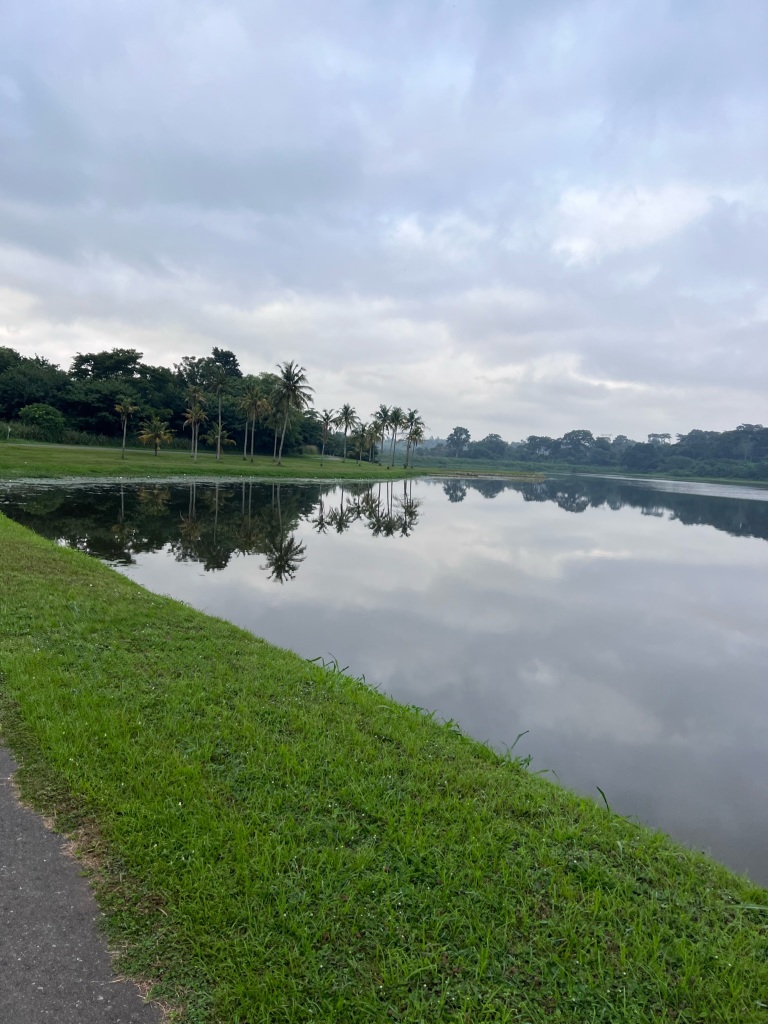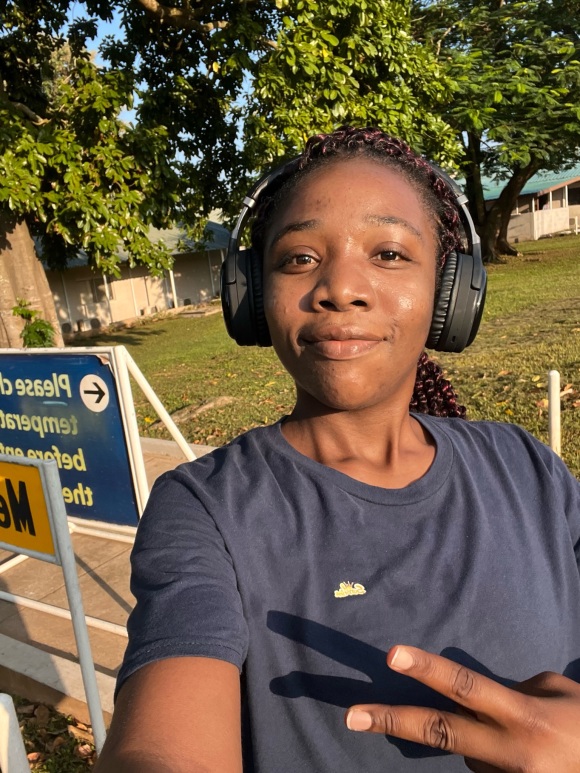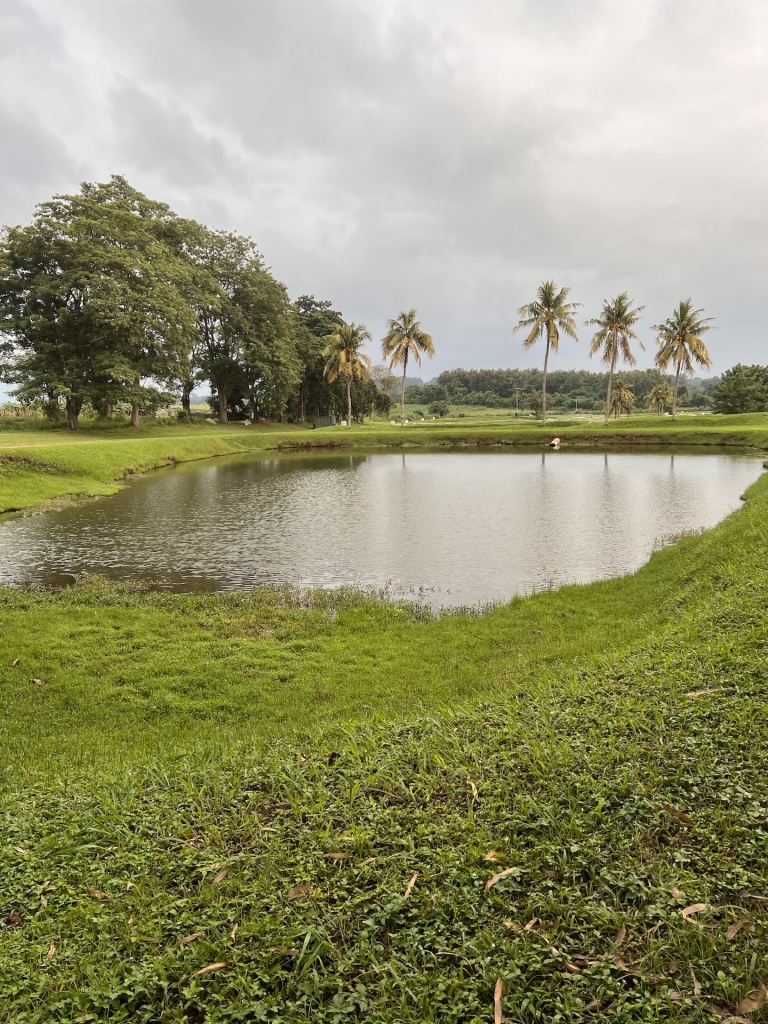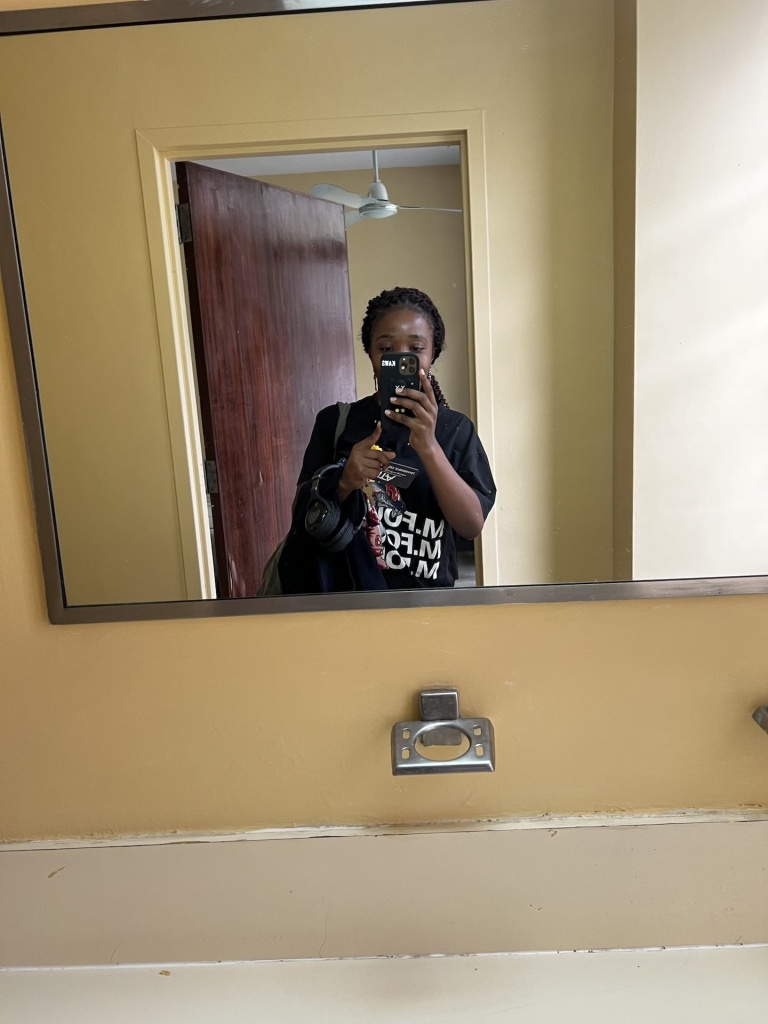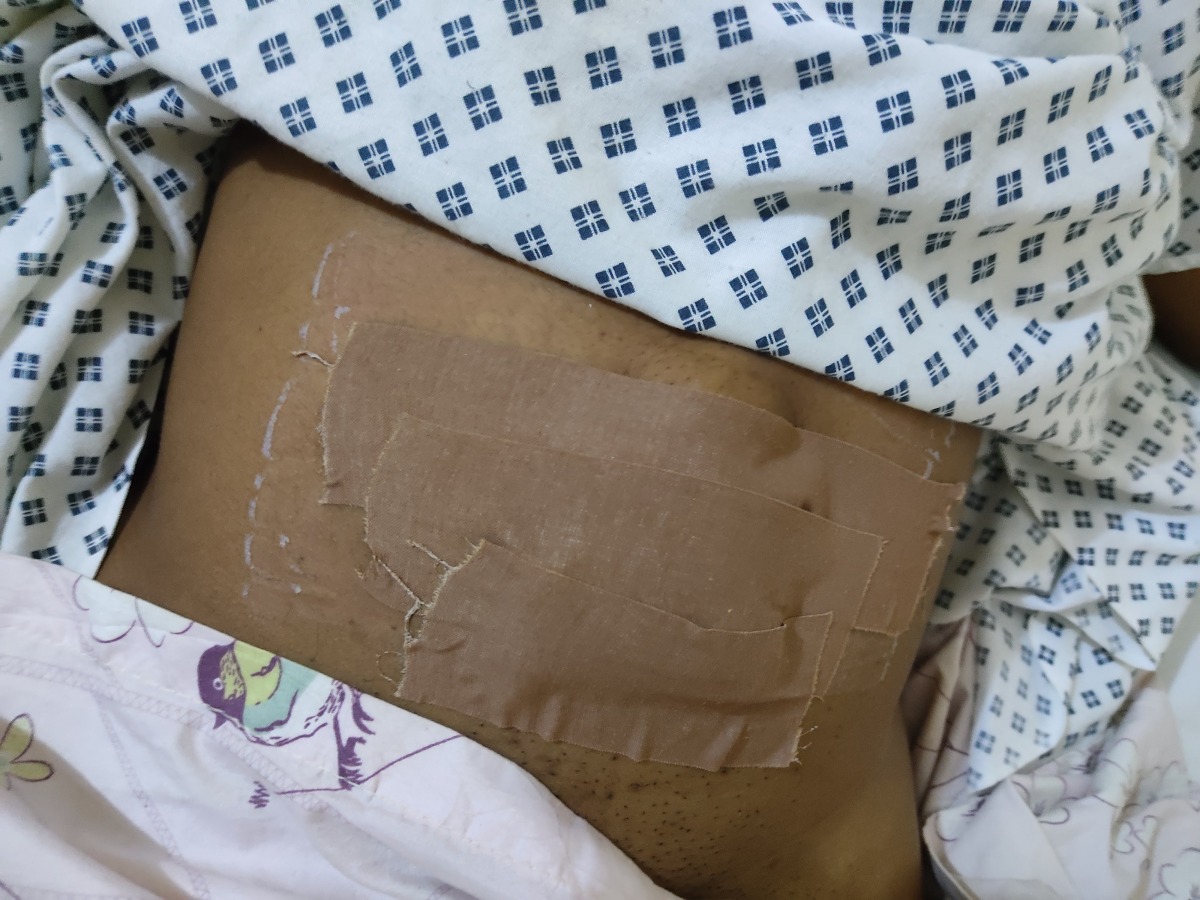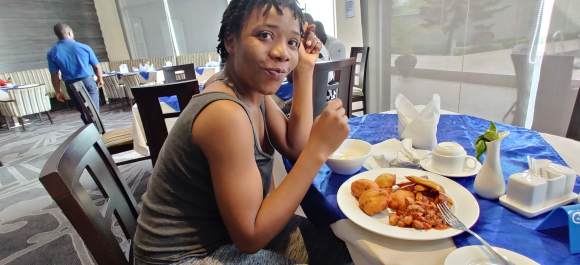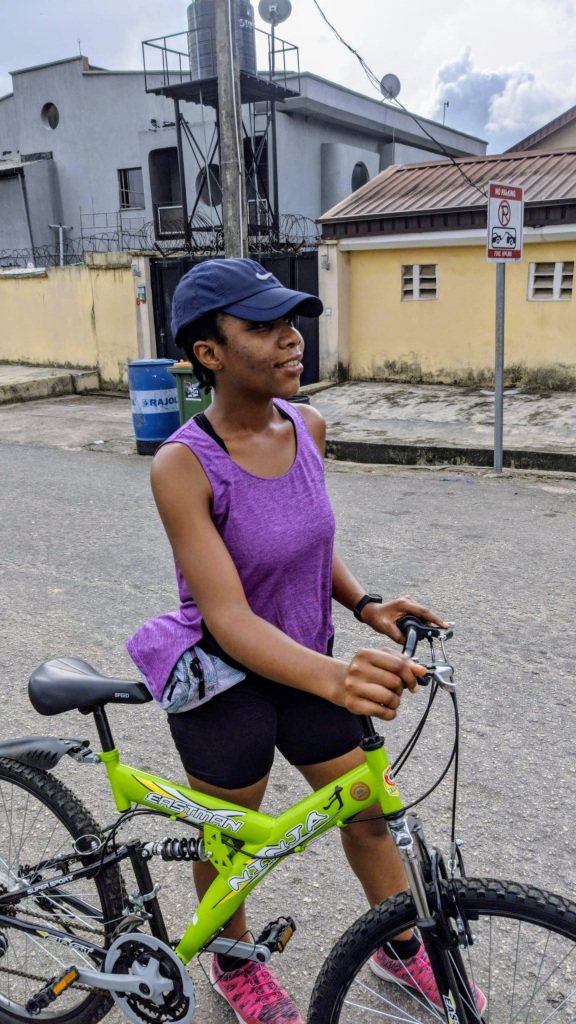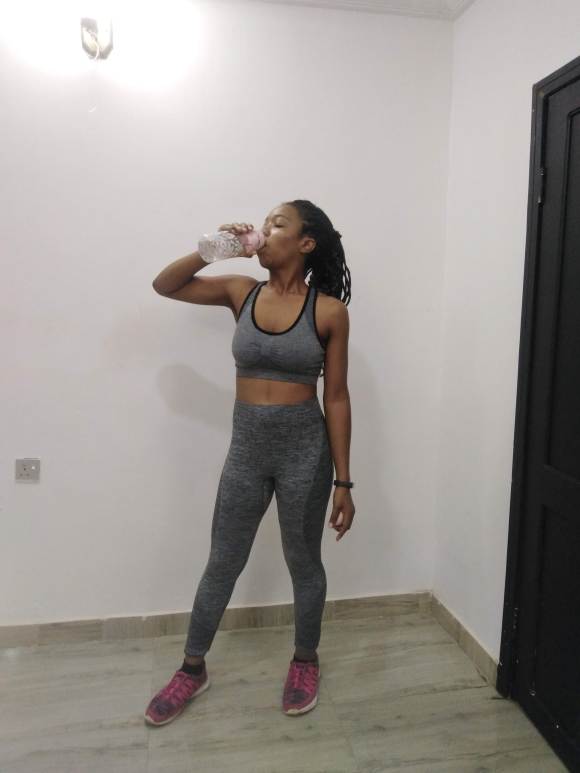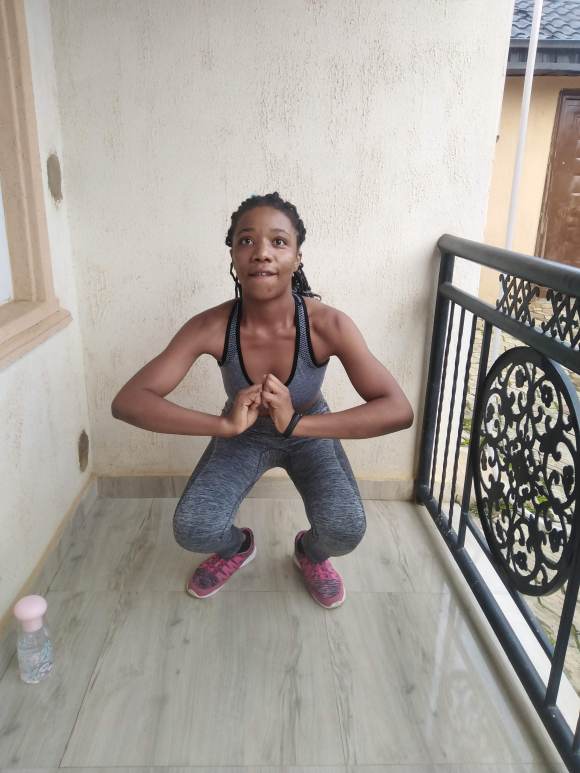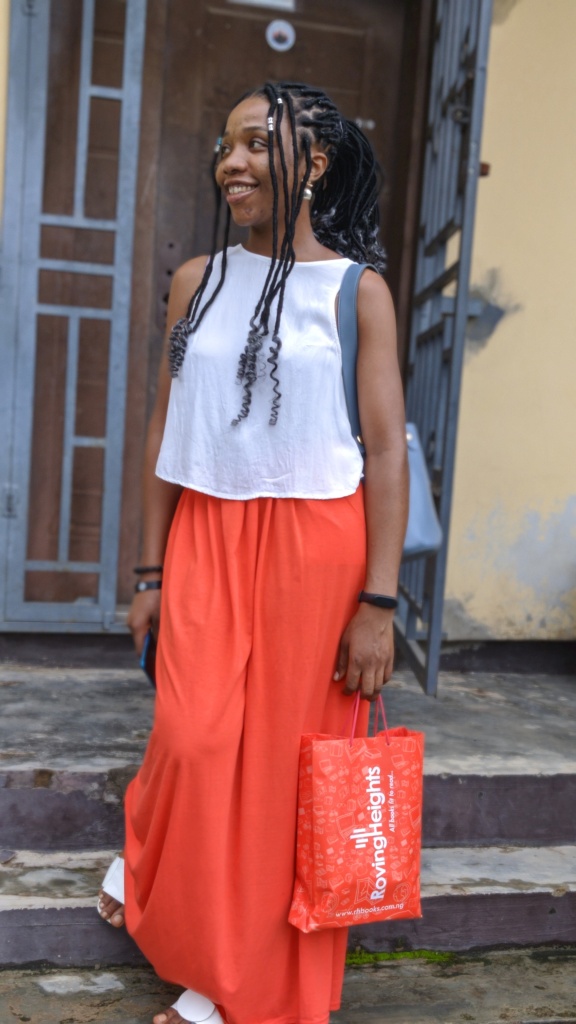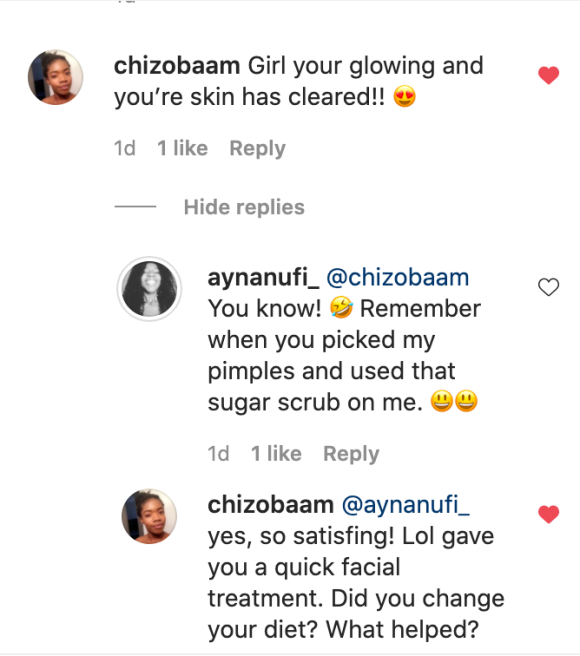This story marks the beginning of my reflections on responsibility, intention, and action. Stay tuned for the rest of the series.
The Broken Pump and the Waiting Game
As I write this story, I use all my willpower to stay strong and not succumb to the urge to use the bathroom. I find myself hoping, praying, and willing the plumber to arrive, as I had successfully gotten through to him 22 minutes ago when he called me to ask the estate security to let him in.
I hear the sound of the gate and peep through my window; it is the plumber, who I will refer to as Mayowa for the sake of this story.
Mayowa was not new to our house; we had inherited him from our landlord shortly after renting the apartment. With the numerous issues that came with the house, we always brought them to the landlord’s attention; his immediate response was, ‘Ifunanya, I have called Mayowa. He’s on his way.’ And yes, he would be on his way, but often 9 hours after he had promised to arrive.
I sigh with relief. I might be able to hold on for another 30 minutes. Or perhaps an hour? I attempt a rough calculation of how long it will take to fix the pumping machine – Argh, I am not sure. I can’t make a reliable estimate. But whenever Mayowa and his companion are able to fix it, it should take another hour for them to pump the water up before it reaches our apartment.
Frustration courses through me as I grapple, yet again, with the bitter reality of broken promises.
This experience was not how I envisioned starting my exploration into responsibility. I have numerous tabs open on my browser, filled with materials to guide my understanding of responsibility, motives, and intention – all to support my narrative on the subject: ‘Understanding Responsibility and the Impact of Actions.’
Argh, where was I?
By 08:00 AM, I had phoned Mayowa to follow up on his plans to install our new pumping machine. The old one had failed yesterday, leaving us without water. Mayowa had come to pick up the broken machine, promising that if he didn’t manage to return with it repaired yesterday, he would undoubtedly be back to install it this morning.
When I called him, I had hoped he would be on his way. Alas, he was not. He had taken the machine to someone else to repair it – I don’t understand this other person’s role here. However, Mayowa was going to retrieve the pumping machine from him by 10:00 AM, as agreed between them.
The Struggles of a Night Without Water
The waterless night was a challenging ordeal. Having gone to bed without bathing and after multiple attempts to use the same unflushed toilet, I finally reached a breaking point and couldn’t bring myself to do it again. So, I peed in the shower each time, using the remaining water in the bucket to rinse it off. The pee smell was beginning to ooze through the closed doors as my bowels rolled uncomfortably, pressing me with the urge to relieve myself.
However, I survived the night, mostly.
The Broken Promise and Unmet Expectations
At 10:00 AM, I phoned Mayowa to confirm we were on track. He was on his way to meet with the person. I hung up, counting the time he would get there and here. I called at 11 but was disappointed to hear the man hadn’t started whatever he was supposed to do with the machine. His excuse was that there was no electricity. After hanging up, I followed up with Mayowa every half hour, and his excuse was more elaborate than the previous one.
His responses varied from ‘Madam, the man is almost done’ to ‘I’m on my way.’ At 1:00 PM, he was on his way. At 2:00 PM, he claimed to be at my estate entrance, but by 2:30 PM, I couldn’t reach his phone. At a point, I prayed he wasn’t involved in an accident. At 3:00 PM, I slept off with my phone in my hand, praying that I don’t develop a condition for not going to the toilet. When I woke at 4:00 PM, I rushed to my bathroom sink, holding my breath as I turned it on. A sinking feeling came over me as I realised that the water trickling from the tap was just residue from the previous pumping.
Mayowa had not come. I found myself pondering my next move: should I lodge my family in a hotel? But the expense would be astronomical!
At 4:09 PM, Mayowa’s call came in. ‘Ma, please, call your gate for me.’
I hissed.
I let myself write for a while after hearing Mayowa enter our compound to slow down my whirring thoughts. I was determined to confront him about his lack of responsibility, which is starting to seem like my favourite topic. It is okay to be angry, I say to myself, but I was not going to let my anger get the better of me. I will express myself clearly and let him see why I am angry.
Confronting Mayowa and Contemplating Responsibility
Finally, I went downstairs, and as I shut the door, my eyes met with Mayowa’s as he broke into a smile. I didn’t know what to make of the smile, so I asked in a voice that almost gave away my emotions, ‘Mayowa, why are you smiling? I am angry with you.’
He immediately started talking and apologising about how it wasn’t his fault, but I wouldn’t let him.
‘Mayowa, it is your fault. When you left this compound with the pumping machine, you became responsible for it. I trusted you when you said you were coming in the morning. But from 10:00 AM to 4:00 PM? No, this is not how we do things.’
I am waiting upstairs, in my room, as they fix the pumping machine downstairs. I hope and pray with all my might that the Power Holding Company of Nigeria (PHCN) will not suddenly cut off the electricity; it will be heartbreaking if that happens.
And shortly after I wrote the above, the power went out.
I smile bitterly. It’s 5:05 PM.
I ponder on Mayowa’s defence – ‘It’s not my fault.’ This denial reminds me of the old nursery rhyme – ‘Mr. Nobody.‘ In this rhyme, ‘Mr. Nobody,’ an unseen character, is always responsible for all the mischief in the neighbourhood. Mayowa had become a real-life ‘Mr. Not-My-Fault,’ refusing to acknowledge his role in the situation.
I can’t help but wonder: if it isn’t Mayowa’s fault, then whose is it?
As I sit here waiting, still without water, I realise that understanding responsibility is a lot more complicated than it seems.
Thank you for reading. In the next part of this series, we will explore the concept of responsibility and how it can play out in various scenarios.


